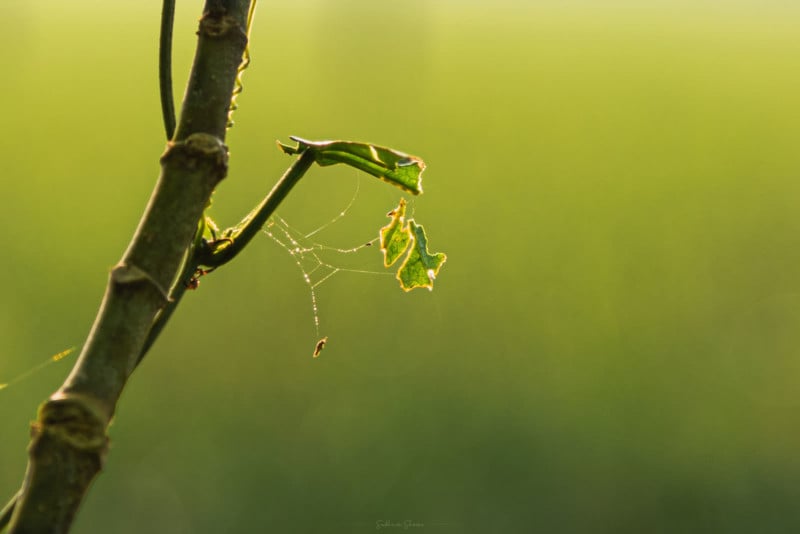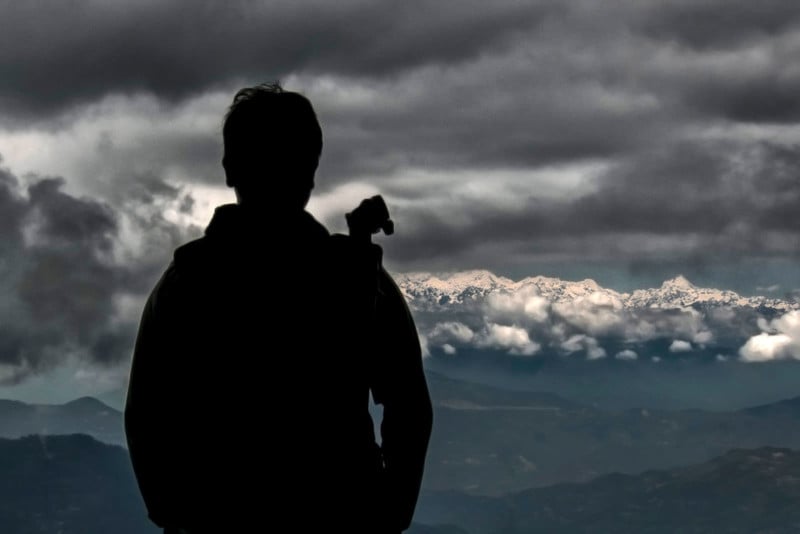10 Basic Landscape Photography Tips
![]()
In this article, I’ll share 10 of the most important things that a landscape photographer needs to keep in mind while preparing and while on a shoot. We tend to forget the most common things and end up getting messed up during shoots, so I’ll be sharing some pre-shoot tips and some on-location ideas to help you get better with your landscape photos.
1. Do Proper Research and Arrive Early
![]()
![]()
This is very important and something most photographers either forget or avoid doing. For getting the best compositions on the field, you need to have an idea of it before you reach there. The best way to do this is via Google Maps, Google Earth for location scouting, and Instagram, 500px, and other photography-based social media for inspiration from other photographers.
In the above example, the first photo is a screenshot from Google Earth and the second one is what I have shot in Pelling, West Sikkim, India.
2. Choose Your Cameras and Lenses Wisely

For landscape photography, you need to keep in mind a few things with respect to cameras and lenses. For cameras, you should consider the dynamic range of your camera. You can compare the dynamic range on various websites like DXOMark before buying a camera. I am currently using a Nikon D750 which gives me pretty good results. For lenses, consider the focal length and aperture for landscape photography.
I personally recommend carrying 3 lenses — one ultra-wide, one normal zoom, and one telephoto zoom — to cover every aspect of landscapes (not including astrophotography here).
3. Make Sure You Have a Reliable Tripod

Tripods are of utmost importance when it comes to landscape photography. You cannot afford to shoot shaky photos, right? Wind conditions will almost never suit you in rural areas. Nevertheless, tripods are also necessary for long exposures and bracketing. So, make sure to have a sturdy, light, and reliable tripod that you can carry to your shoots. I have a Manfrotto Travel Tripod Manfrotto Befree Advanced and it is stunningly sturdy. It has given me non-blurry images in strong wind conditions.
4. Make the Most of Lighting Conditions

You will have to face different lighting conditions in your shoots. Even if you check the weather beforehand, it will fail you a good amount of the time, especially in the mountains. However, you should be able to make the most of these situations, If the weather gets dark and cloudy, get some moody images of nature. If the weather gets superbly sunny, you can rest assured that you’ll get fine blue hour and golden hour shots. Also, find various subjects that you can photograph as per the weather conditions.
5. Pay Attention to Your Surroundings

When you capture an image, you might also look around. You never know when your background gets more mesmerizing than the frame you are shooting now. Stay alert and keep looking at your surroundings and check for frames. Never stop checking for frames regardless of any factors.
6. Create a Sense of Scale

Create perspective differences and a sense of scale when you are photographing massive landscapes. Put a human subject or a relatively smaller element than your main subject to create that scale. You won’t believe how dramatically the perspective towards the image changes once the viewer can compare the size of the objects in the frame. Also, at times, you will get some great minimalistic frames while applying this technique.
7. Use ND/CPL Filters for Creative Shots

Filters are game-changers, really. Once I have started using filters, I have almost never stopped using them for my waterscapes. I am kinda obsessed with these smooth effects of flowing water. Be it waterfalls or mountain rivers or waves crashing on the shore, you will always be mesmerized by the frames you get. Since your eyes are not able to see at 10-second shutter speed, the images that are captured will be exclusive to each frame.
ND (Neutral Density) filters cut down the amount of light entering your camera and CPLs (Circular Polarizers) reduce reflection from a shiny surface. I am currently using filters from Kenko, they are cheap, easy to use, and have given me quite satisfactory results yet.
8. Get Proper Focus and Sharpness On Location

You cannot adjust focus in post-processing. Create the final image in your mind when shooting, so that you already have a workflow created at the back of your head while editing the shot. Focus is something you have to nail on the location. If you miss it, shoot again. If there are moving subjects like clouds or waves and you have missed focus on one shot, sorry to say you will never get that frame back. however, you will almost surely be getting better frames next time. Don’t lose hope and focus.
9. Embrace Failure and Analyze Your Mistakes

Never expect your first shots to be your best ones. You will fail and trust me, you will fail most of the time. Landscape photography is just like a soccer game, you will score very few times but you need to keep on trying. Also, don’t just give up after scoring one goal, try to score another (get another good photo).
Most of your photos will not be up-to-the-mark, but you should make sure to gain something from those not-good photos. Either you have messed up your composition or light or maybe you have missed focus or anything else, take another photo after changing whatever you feel is necessary and see if that comes out better. Most importantly, embrace your failures and just like the old saying, make them your pillars to success!
10. Occasionally Just Leave Your Camera and Enjoy the Scene

There will be moments when the environment will be so beautiful that you would miss a chance to enjoy it if you just keep snapping. Put your camera down, get in the moment and feel nature. At the top of a peak or in the ocean, at the bottom of a valley, or amidst the cold waters of the river, create some memories without your camera, create tales to tell, and most importantly, live in the moment. Also, on trips, if you have good friends as I do, you might get some decent photos of yourself.
That’s all for this article. I hope I could help you in one way or the other with your landscape photography. Happy shooting!
About the author: Subham Shome is a landscape and travel photographer based in Agarpara Kolkata, West Bengal, India. The opinions expressed in this article are solely those of the author. You can find more of Shome’s work on his website, Facebook, and Instagram. This article was also published here.